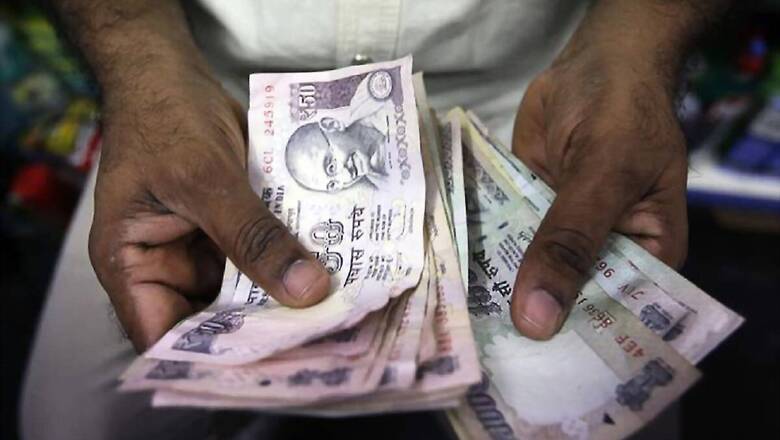
views
Indicating the rising financial distress among households, expansion of their disposable incomes slumped to 0.8 times in 2019-20 as against an average growth of 2.3 times in the previous six fiscals, and is likely to dip into the negative zone this fiscal, according to a report. During the same period, the net household financial savings jumped Rs 3.4 lakh crore in 2019-20, largely reflecting a significant meltdown in growth of their liabilities to 22 per cent, said the report by SBI Research quoting the latest RBI data. The liabilities had increased 39 per cent in the six-year period ending 2019, it added.
"While a decline in net financial liability is welcome, on hindsight, it portrays unwelcome trends in household saving behaviour," the report said. It added that households increased their liabilities/leverage significantly over the six-year period ended March 2019 by as much as 1.9 times, with disposable income jumping by 2.3 times. But in 2019-20, disposable income expanded by only 0.8 times, and liabilities have thus grown by only 1.1 times, the report said.
As a way out, the report suggests government incentivise households to save more, by increasing Section 80C/PPF limits, among other measures. "An increase in PPF (public provident fund) limit by even Rs 50,000 for individual households will lead to additional savings of over Rs 1 lakh crore compared to the revenue foregone of Rs 10,000 crore," says the report.
It added that even if the extra interest burden of around Rs 8,500 crore (8.5 per cent on Rs 1 lakh crore) is added up, total revenue foregone is only Rs 20,000 crore as compared to Rs 1 lakh crore jump in savings. The report further warns that households' disposal income growth is likely enter a negative zone this fiscal on the back of slowing leverage in 2020-21. But, this may not result in a decline in net household financial savings in 2020-21 as people have accumulated currency, deposits and even shares in large numbers, it added..


















Comments
0 comment